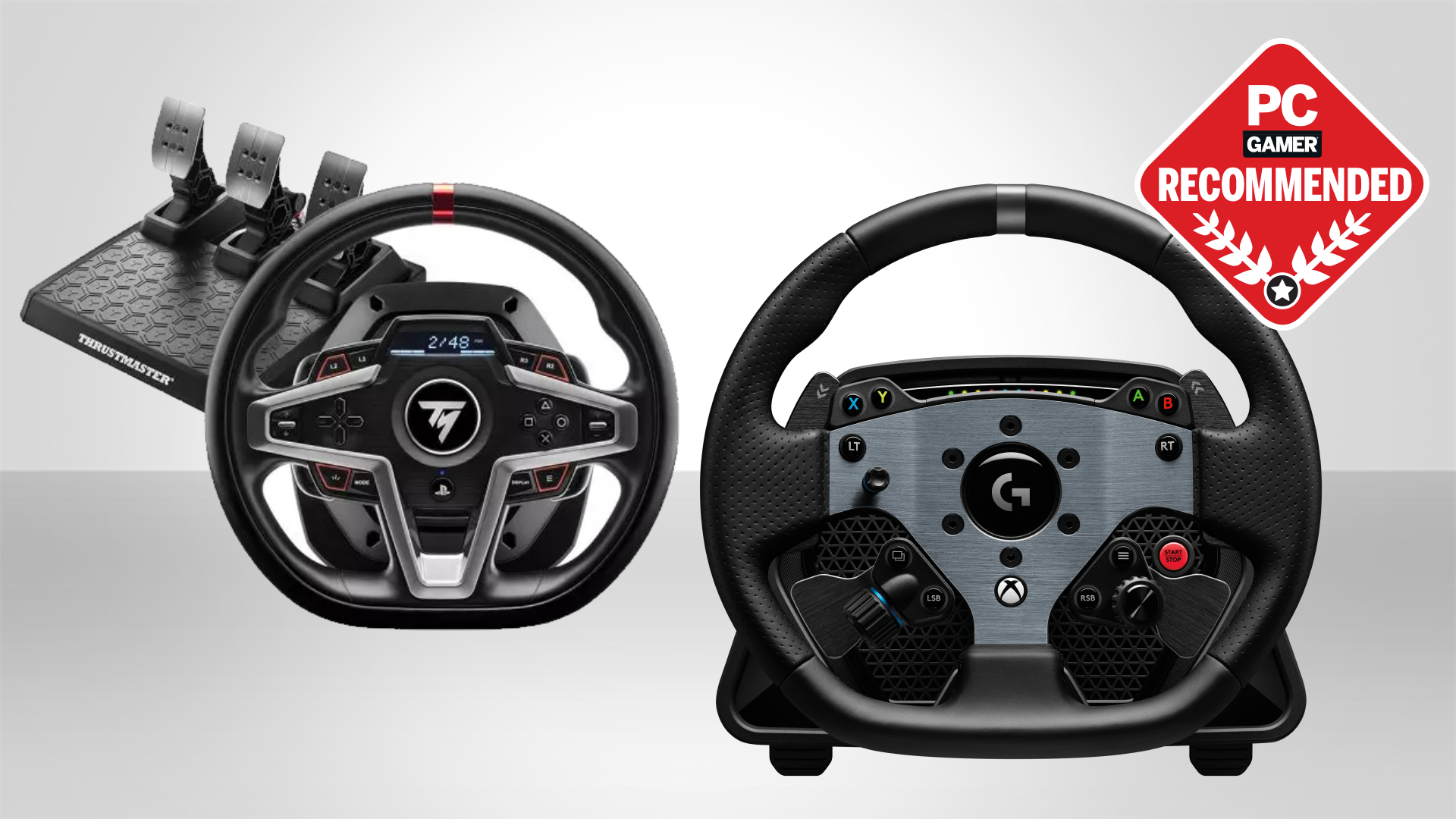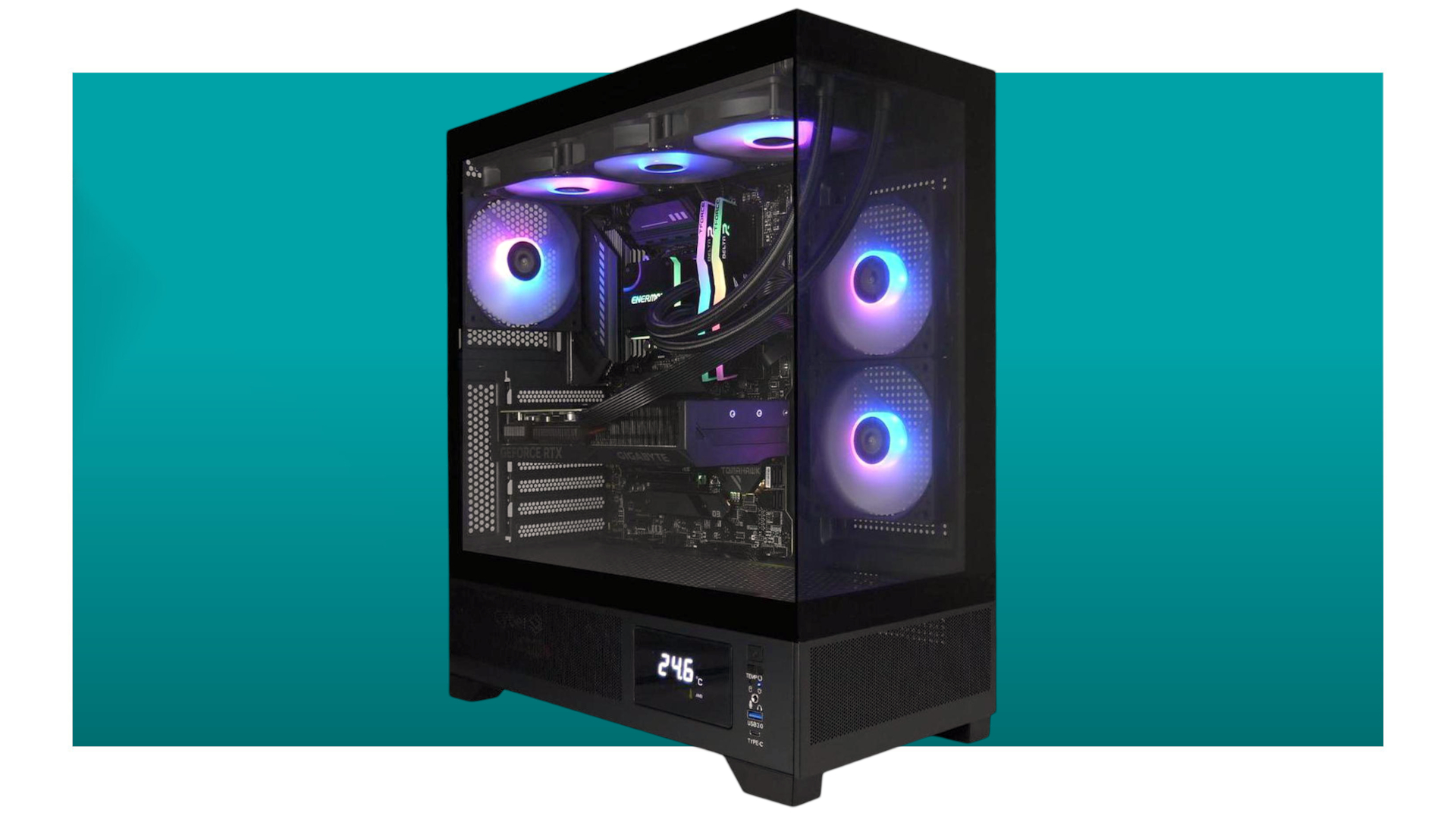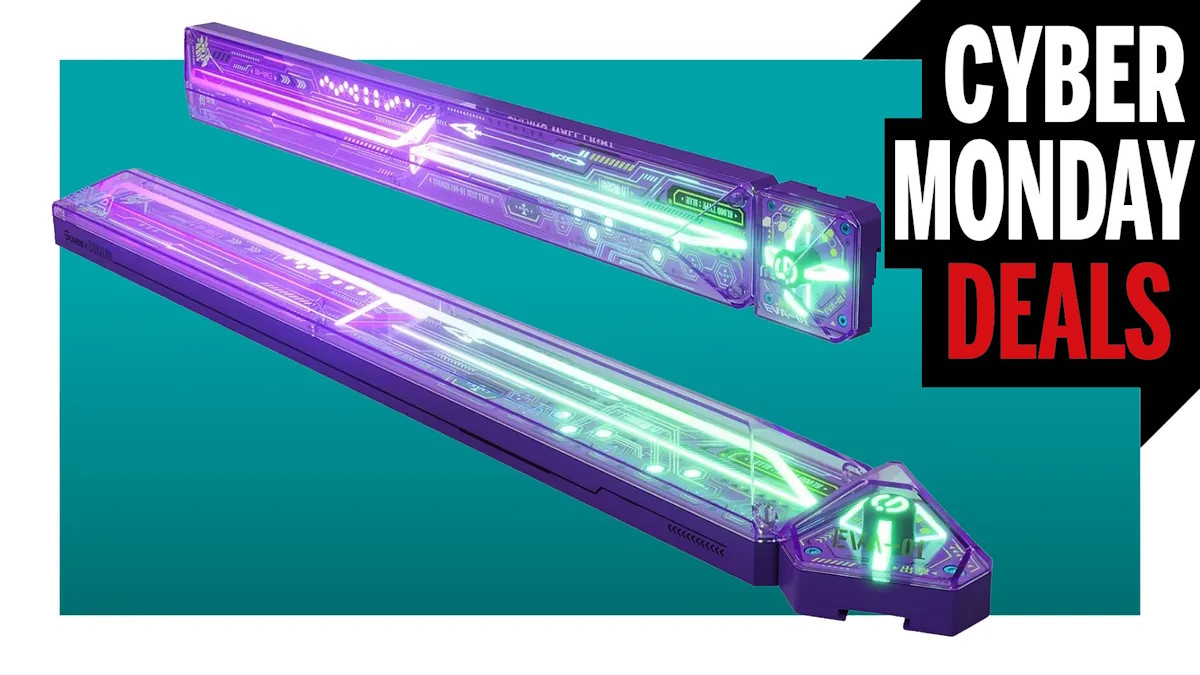## USB 2.0: The Unsung Hero of Your Gaming Rig
Remember that time you plugged in your favorite gaming mouse, controller, or external hard drive without a second thought? Yeah, us too. But have you ever stopped to think about the humble interface responsible for that seamless connection?


Simplicity and Cost-Effectiveness: Why Motherboards Still Include USB 2.0
A Legacy of Convenience

Despite its age, USB 2.0 remains a mainstay on modern motherboards. This persistence isn’t a testament to its raw speed—which, by today’s standards, is decidedly modest—but rather to its inherent simplicity and cost-effectiveness. Implementing USB 2.0 on a motherboard requires minimal resources, both in terms of design complexity and chip real estate.
The peak transfer rate of 480 Mbps, while dwarfed by the capabilities of USB 3.0 and USB4, is still sufficient for a wide range of peripherals commonly found in gaming PCs. Think about external hard drives, keyboards, mice, and even older-generation webcams—these devices rarely demand the bandwidth reserved for lightning-fast data transfers found in newer USB standards.
A Cost-Conscious Choice
From a manufacturer’s perspective, incorporating USB 2.0 presents a compelling value proposition. The associated chipsets are comparatively inexpensive, and the design considerations are straightforward. By including a handful of USB 2.0 ports, motherboard manufacturers can cater to a broad user base without incurring significant additional costs.
Powering Peripherals: Beyond Data Transfer
Beyond Data: The Role of USB Power
While USB 2.0 is often lauded for its data transfer capabilities, it also plays a vital role in powering peripherals. The “Universal” aspect of USB extends to its ability to deliver electrical power to connected devices, eliminating the need for separate power adapters for many common peripherals.
A Steady Power Source for Gaming Accessories
For many gaming peripherals, USB 2.0 provides a reliable and convenient power source. Keyboards, mice, headsets, and even some controllers draw power directly from the USB port, simplifying the setup and reducing cable clutter. This is particularly important for gamers who prioritize a clean and organized gaming space.
Compatibility and Convenience
The widespread adoption of USB 2.0 means that a vast array of peripherals are compatible with this standard. Gamers can easily connect their preferred devices without worrying about compatibility issues or searching for specialized power adapters. This ease of use is a significant advantage for both casual and hardcore gamers.
The “Universal” Connector: The Design Flaws of Type-A
A Right-Way-Up World
Despite its name, the Type-A USB connector, the ubiquitous rectangular shape we’ve all come to know and love (or perhaps begrudgingly tolerate), isn’t exactly universal in its design. Unlike its younger sibling, the Type-C connector, which features a reversible design, Type-A connectors require a specific orientation to connect properly.
The Struggle is Real
Many of us have experienced the frustration of fumbling with a USB stick, attempting to insert it into a port only to discover that it’s upside down. The lack of a standardized orientation can lead to accidental misconnections, dropped data, and even physical damage to the connector if forced incorrectly.
A Lesson in Design Evolution
The design flaw inherent in Type-A serves as a reminder that even seemingly ubiquitous technologies can benefit from evolution. The introduction of Type-C, with its reversible design and improved data transfer speeds, has addressed some of the shortcomings of its predecessor. However, the legacy of Type-A remains firmly entrenched in the gaming PC landscape.
The Old Guard Still Holds Strong
USB 2.0 Alongside Other “Vintage” Tech: SATA and PCIe
USB 2.0 isn’t alone in its longevity. The SATA bus interface, responsible for connecting storage devices like hard drives and SSDs, also celebrates its 25th anniversary this year. Similarly, the first iteration of the PCI Express (PCIe) standard, which revolutionized graphics card connectivity, debuted just three years later.
A Shared Legacy of Innovation
These technologies, while older, continue to play a crucial role in modern gaming PCs. SATA remains the dominant interface for storage devices, while PCIe provides the high-speed data pathway for graphics cards and other expansion cards.
Adaptability and Refinement
The continued use of these older standards doesn’t necessarily signify stagnation. Rather, it demonstrates the adaptability and refinement inherent in technological evolution. Over time, these interfaces have evolved to meet the demands of faster processors, larger storage drives, and increasingly demanding games.
Gaming PC Hardware in 2023: Where Does USB 2.0 Fit In?
A Niche Role in a High-Performance Landscape
In the realm of high-end gaming PCs, USB 2.0 occupies a niche role. While its data transfer speeds may not be competitive with the lightning-fast connectivity offered by USB 3.0 and USB4, it remains a valuable asset for certain peripherals and applications.
Legacy Compatibility and Cost-Effectiveness
For older peripherals that rely on USB 2.0, such as certain controllers or audio devices, maintaining compatibility is essential. Moreover, the cost-effectiveness of USB 2.0 makes it an attractive option for manufacturers who want to offer affordable gaming PCs without compromising on essential features.
A Bridge to the Past
USB 2.0 serves as a vital link to the past, ensuring that older peripherals can continue to function seamlessly with modern gaming systems. While newer technologies advance at a breakneck pace, the enduring legacy of USB 2.0 demonstrates the importance of backward compatibility in maintaining a smooth technological transition.
Looking Forward: Will USB 2.0 Ever Truly Be Replaced?
A Gradual Fade into Obscurity
While USB 2.0 may not disappear entirely in the foreseeable future, its dominance is likely to gradually wane as newer technologies continue to emerge. The increasing adoption of USB 3.0, USB4, and the eventual arrival of USB 5.0 will undoubtedly shift the landscape of peripheral connectivity.
A Legacy of Convenience
Despite its eventual obsolescence, USB 2.0 will forever hold a special place in the annals of computing history. Its simplicity, cost-effectiveness, and universal adoption have made it a cornerstone of the modern computing experience. The next time you plug in a USB stick or connect your gaming mouse, take a moment to appreciate the legacy of this ubiquitous connector.
The Future of Connectivity
As technologies evolve, we can expect to see even faster data transfer speeds, improved power delivery, and enhanced functionality in future USB standards. The journey from the humble beginnings of USB 1.0 to the high-speed connectivity of USB 4.0 is a testament to the relentless pursuit of innovation in the world of computing.
Conclusion
So there you have it, folks. Despite all the technological leaps and bounds we’ve seen in the last quarter century, the humble USB 2.0 standard is still going strong. From the sleekest gaming rigs to the most budget-friendly builds, this 25-year-old tech quietly powers our peripherals, a testament to its enduring design and unwavering reliability. Its longevity speaks volumes about the effectiveness of backwards compatibility, allowing newer devices to seamlessly integrate with older systems.
But what does this mean for the future? Will USB 2.0 forever remain a cornerstone of PC gaming, or is its reign destined to end? The answer, as always, lies in the relentless march of innovation. While USB 4 and Thunderbolt are pushing the boundaries of speed and power delivery, USB 2.0 will likely continue to serve as a reliable workhorse for countless devices, a silent hero plugging away in the background. Perhaps the real takeaway isn’t about the lifespan of a single standard, but the enduring power of adaptability and the quiet brilliance of technology that simply works.
Happy birthday, USB 2.0. Here’s to many more years of silent service, connecting us to the worlds of gaming and beyond.